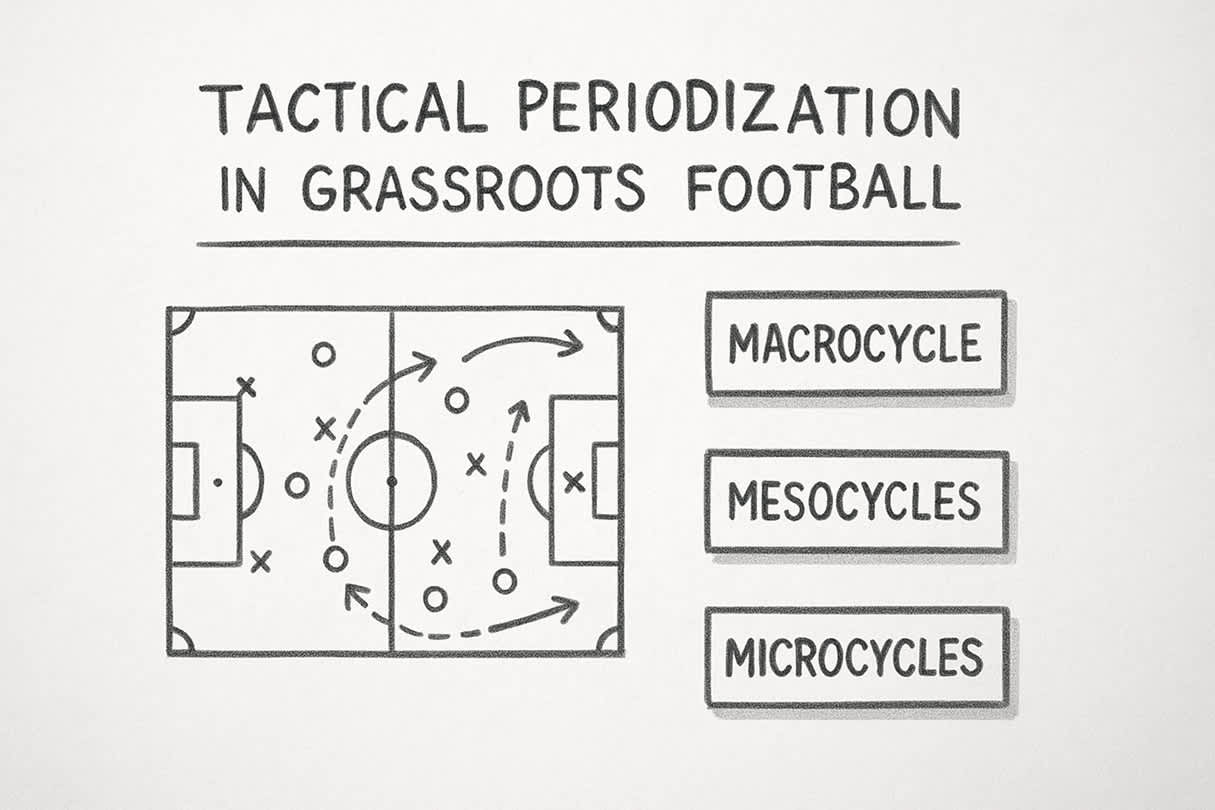Understanding the Menstrual Cycle in Football: What Every Female Player Should Know

Women in football face unique challenges, and one of the lesser-discussed but important topics is how the menstrual cycle affects performance and injury risk. Research shows that women are 21% less available to play than men, often due to severe ankle and knee ligament injuries (Larruskain et al., 2018). One factor that might be connected? The menstrual cycle.
In recent years, more studies have looked into how a woman’s cycle might impact her injury risk and recovery. In this blog, we’ll explain the menstrual cycle in simple terms and highlight what players and coaches should know to train smarter and stay safer.
What Is the Menstrual Cycle?
The menstrual cycle is more than just a period. It includes different phases, each affecting the body differently. However, researchers don’t always agree on how to define these phases, which makes it hard to compare results across studies.
Still, most agree that the cycle has four general phases:
Menstrual Phase (Days 1–7): When bleeding occurs.
Follicular Phase (Days 1–12): Leading up to ovulation.
Ovulation Phase (Days 12–15): When the body releases an egg.
Luteal Phase (Days 15–28): After ovulation until the next period starts.
Keep in mind that the length and timing of each phase varies for each person. While the start of menstruation is easy to track (bleeding), ovulation is harder and often estimated using formulas, which differ across studies.
When Is Injury Risk Higher?
Two times during the cycle stand out as higher risk for injuries:
The Ovulation Phase
The Pre-Menstrual Phase (just before bleeding starts, often known as PMS)
Let’s look at each one more closely.
1. The Ovulation Phase: Stronger but Riskier
Research has linked the ovulation phase to a higher risk of ACL injuries.
Why?
Ligaments become more lax, meaning they stretch more but are less stable.
Strength increases, making it easier to push your body harder.
Coordination decreases, meaning you may misstep or land awkwardly.
In simple terms: You’re stronger but less stable.
Tips for footballers during ovulation:
Avoid trying new movements or exercises.
Focus on safe, familiar drills.
Be careful with high-speed turns, jumps, and landings.
2. The Pre-Menstrual Phase: Watch for Overuse Injuries
Just before your period, the risk for non-contact injuries like strains and overuse injuries goes up.
Why?
The body’s inflammation response increases, making it easier to get sore or injured.
Many women suffer PMS symptoms like cramps, headaches, and poor sleep — all of which affect recovery.
In simple terms: Your body recovers more slowly, and you may feel tired or sore more easily.
Tips for this phase:
Prioritize recovery — good sleep, hydration, and rest days.
Adjust training intensity if you feel worn down.
Add anti-inflammatory foods like:
Turmeric
Berries (like blueberries and strawberries)
Fatty fish (like salmon)
Leafy greens (like spinach and kale)
Final Thoughts
The menstrual cycle does impact injury risk and performance in football. By understanding each phase and knowing how your body responds, female footballers and coaches can train smarter, reduce injuries, and improve performance.
Tracking your cycle with an app or journal can help you spot patterns and make informed decisions about your training and recovery.
Key Takeaways
The ovulation phase may increase the risk of ligament injuries like ACL tears.
The pre-menstrual phase may raise the risk of overuse injuries due to inflammation and poor recovery.
Simple adjustments in training and recovery can help prevent injuries and boost performance.
Research Sources
Barlow, A., et al. (2024). Injury Incidence, Severity, and Type Across the Menstrual Cycle in Female Footballers: A Prospective Three Season Cohort Study. Med. Sci. Sports Exerc., 56(6), 1151-1158. https://doi.org/10.1249/MSS.0000000000003391
Larruskain, J., et al. (2018). A comparison of injuries in elite male and female football players: a five-season prospective study. Scand J Med Sci Sports, 28(1), 237–245.
Martínez-Fortuny, N., et al. (2023). Menstrual Cycle and Sport Injuries: A Systematic Review. Int. J. Environ. Res. Public Health, 20, 3264. https://doi.org/10.3390/ijerph20043264




